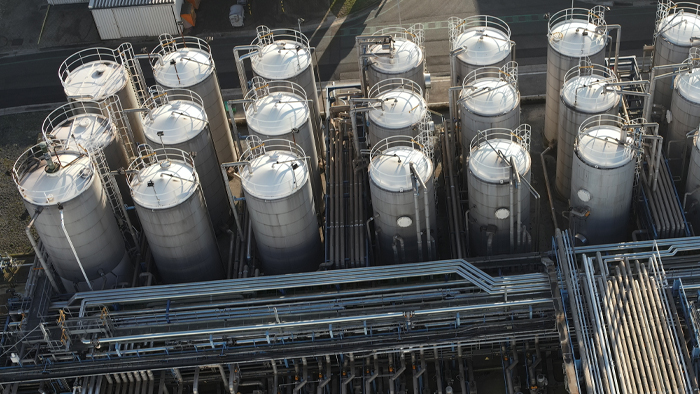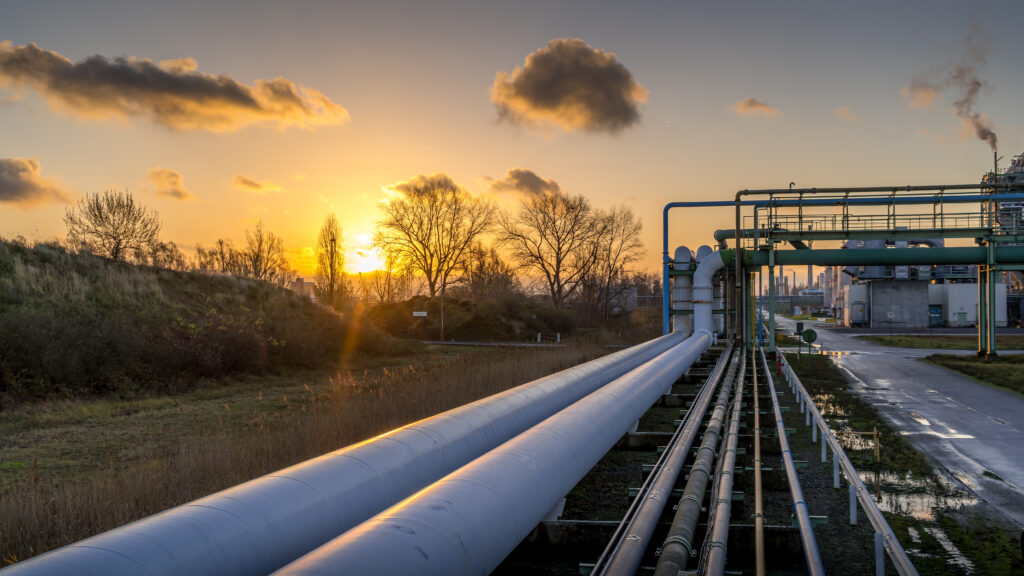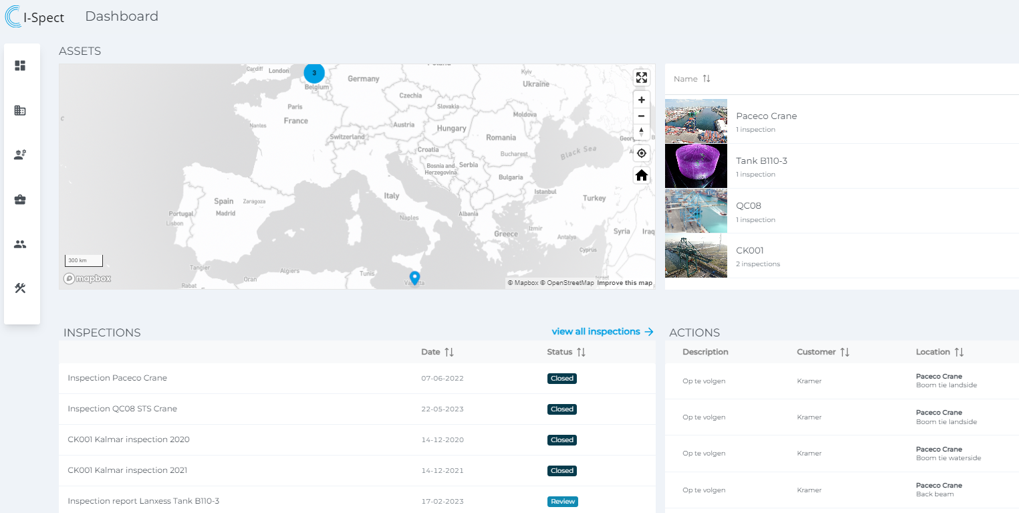Visual inspection with drones has transformed the world of inspection technologies, and its impact is palpable in various sectors. This innovative approach not only provides a cost-effective and efficient way to conduct inspections but also opens doors to unprecedented possibilities. Let’s delve deeper into the fascinating world of visual inspection with drones and discover how this technology is a game-changer.
The rise of drones in visual inspection

Drones, once primarily associated with recreational use, have now acquired a crucial role in professional visual inspections. The agility, speed, and ability to reach challenging areas make drones particularly suitable for inspection purposes.
In various sectors such as industry, container terminals, construction, agriculture, and infrastructure, companies and organizations have embraced the benefits of drones to optimize their inspection processes. Whether monitoring industrial facilities, port cranes, inspecting buildings, or tracking agricultural developments, drones offer unparalleled operational efficiency.
Applications of Visual Inspection with Drones
Industrial Inspections
In the industry, drones are used to inspect complex installations such as oil and gas facilities, chemical plants, and power plants. Thanks to high-quality cameras and sensors, drones can capture detailed images, allowing inspectors to quickly identify potential problems without the need for costly and time-consuming manual inspections.
Construction
For the construction sector, drones provide a valuable tool for monitoring construction sites, inspecting buildings, and tracking infrastructure projects.


Infrastructure Inspections
Drones are deployed to inspect various types of infrastructure projects, including buildings, culverts, bridges, and pipelines. They can quickly and efficiently scan large areas and capture detailed images. For example, when inspecting bridges, drones can take close-up images of hard-to-reach parts, allowing engineers to identify any structural defects without the need for physical access.
Container Terminals
At container terminals, drones are used to monitor activities, inspect container stacks, check the condition of containers, and inspect cracks in the asphalt. Specific applications include using drones to inspect cranes on container terminals. They can quickly ascend to great heights and capture detailed images of crane structures, enabling the rapid detection and addressing of any wear, damage, or other issues.
Cold Boxes
In industries, especially in sectors such as petrochemistry, cold boxes are used to cool gases. Drones can be deployed to inspect the condition of these cold boxes. They can scan the exteriors of the cold boxes for potential cold leaks, corrosion, or other damage, allowing maintenance teams to proactively address issues before they become more severe. Thermal cameras or RGB cameras are typically used for these inspections.
Visual Inspection of Pipelines
Drones are also used to inspect pipelines over long distances. They can fly over difficult terrain and collect accurate visual data on the state of the pipelines. This is especially useful in identifying leaks, corrosion, or other potential problems at an early stage, improving the reliability of the pipelines and minimizing unplanned downtime.

The ability of drones to quickly and accurately cover large areas makes them indispensable for project management and quality control.
How visual inspection with drones works

Sensor Technologies
Drones are equipped with various sensors, including RGB cameras, thermal cameras, and Lidar technology. These sensors allow drones to collect a wide range of data, from visual images to heat maps and three-dimensional models.
Data Processing and Analysis
Collected data is processed using advanced technologies such as artificial intelligence (AI) and machine learning. These analyses not only reveal visible problems but can also identify trends and make predictions, enabling proactive measures.
Conclusion: The new horizon of inspection technology
With continuous technological advancements and growing acceptance in various sectors, this innovation stands on the threshold of a new horizon in inspection technology. The potential to increase efficiency, reduce costs, and ensure human safety makes visual inspection with drones not only an exciting technological advancement but also an essential tool for the modern world.


